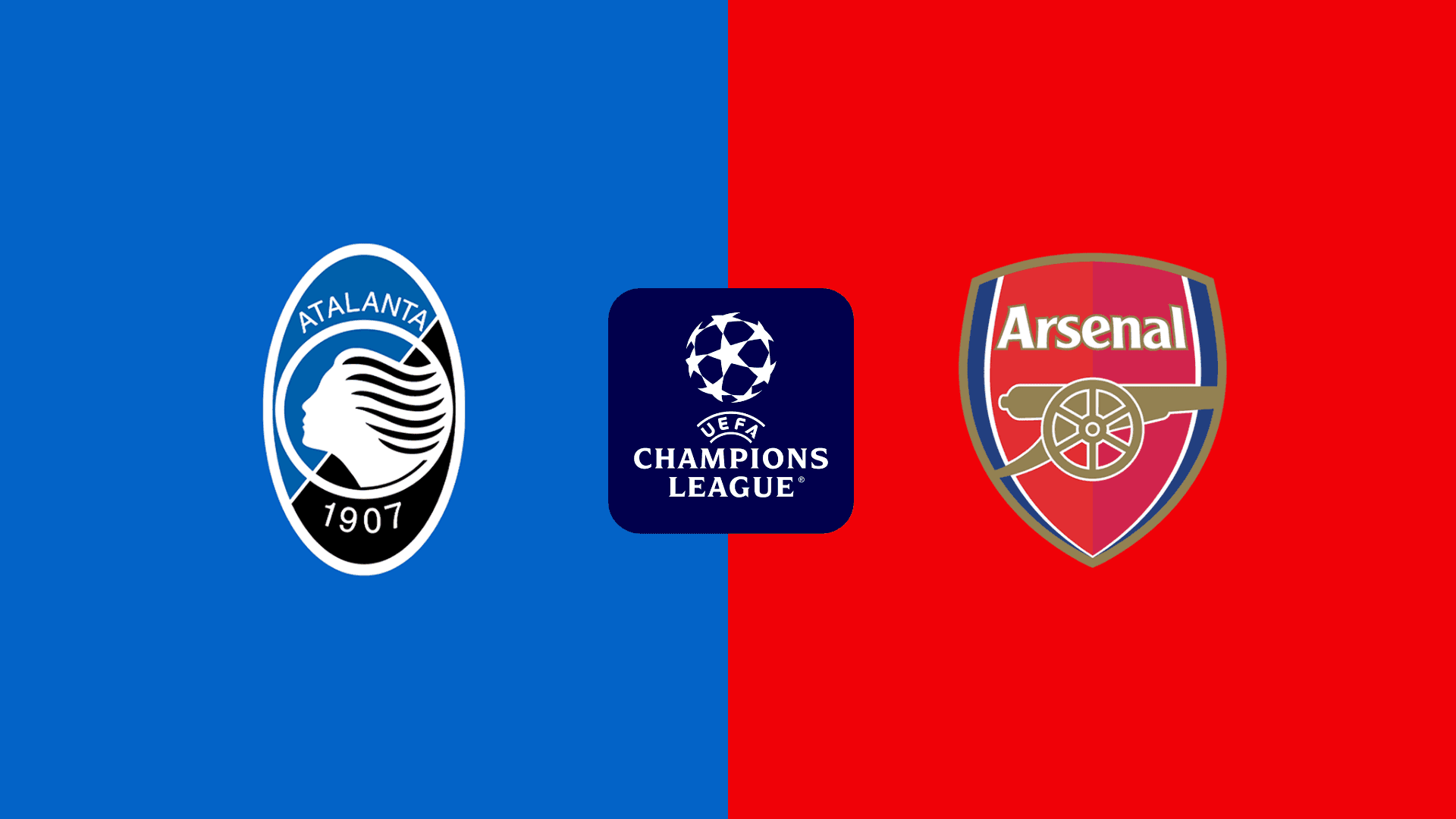
The Roar vs. The Road: UCL Home vs. Away Stats Explained
The UEFA Champions League, football’s premier club competition, is a theatre of dreams, tactical brilliance, and raw emotion. From the iconic anthem to the final whistle, every moment is steeped in drama. Among the myriad factors influencing outcomes, the distinction between playing at home and playing away has always been paramount. Historically, home advantage has been an undeniable force, but in an increasingly globalized and tactically sophisticated sport, is its grip loosening? This article delves deep into the UCL’s home vs. away statistics, dissecting the underlying factors, historical trends, and the evolving landscape of one of football’s most fascinating dynamics.
The Undeniable Power of Home: A Historical Perspective
For decades, the concept of "home advantage" in football was almost a law of nature. Teams playing in their own stadiums, in front of their fervent supporters, consistently posted better results. In the context of the Champions League, where stakes are astronomically high and every goal can mean the difference between glory and despair, this advantage was often magnified.
Statistically, historical data across major European leagues and certainly in the Champions League group stages would typically show home teams winning around 55-65% of their matches, drawing 20-25%, and losing only 15-20%. Away teams, conversely, faced an uphill battle, often content with a draw and celebrating a win as a significant achievement. Goals scored at home consistently outnumbered those scored away, and clean sheets were more common for the host.
The Pillars of Home Advantage: Why Does It Exist?
Several interconnected factors contribute to the historical dominance of home teams:
-
The "Twelfth Man" – Crowd Support and Intimidation: This is arguably the most visceral and impactful factor. The thunderous roar of a partisan crowd provides an immense psychological lift to the home team, fueling their energy, confidence, and aggression. Conversely, it can be profoundly intimidating for visiting players, leading to nervousness, errors, and a general feeling of being overwhelmed. The sheer decibel levels in stadiums like Anfield, Signal Iduna Park, or the Santiago Bernabéu can genuinely impact decision-making and communication on the pitch.
-
Familiarity and Comfort: Playing on one’s own pitch, with its specific dimensions, grass length, and feel, provides an inherent comfort. Home teams are accustomed to their dressing rooms, training facilities, and pre-match routines. This subtle familiarity can translate into greater confidence and reduced anxiety, allowing players to perform closer to their optimal level. Away teams, by contrast, must adapt to unfamiliar surroundings, often within a tight timeframe.
-
Reduced Travel Burden: While modern travel is efficient, the cumulative effect of long flights, hotel stays, different time zones, and disrupted routines can take a toll on visiting players. Fatigue, jet lag, and the general discomfort of being away from home can subtly diminish physical and mental sharpness, particularly in a demanding competition like the Champions League where matches come thick and fast.
-
Tactical Freedom and Aggression: Home teams often feel empowered to play a more expansive, attacking style of football. They dictate the tempo, press higher, and take more risks, knowing the crowd is behind them. Away teams, especially in the knockout stages, are often more cautious, prioritizing defensive solidity and looking for counter-attacking opportunities. This inherent difference in tactical approach often benefits the team that can impose its game.
-
Subtle Refereeing Bias (A Debated Factor): While referees are professionals striving for impartiality, subconscious biases can exist. The overwhelming pressure from a home crowd can, on rare occasions, subtly influence marginal decisions – a throw-in here, a foul call there, or even the timing of a yellow card. Studies, though debated, have sometimes shown a slight statistical lean towards home teams in terms of fouls given and penalties awarded, though this effect has likely diminished with technology.
The Away Goal Rule: A Strategic Game-Changer (and Its Demise)
For decades, one of the most significant strategic elements in the Champions League knockout rounds was the away goal rule. Introduced to encourage attacking play from visiting teams, it stipulated that if aggregate scores were level, the team that scored more goals away from home would progress.
Impact of the Away Goal Rule:
- For Home Teams (First Leg): Created immense pressure not to concede. A 0-0 draw felt better than a 1-1 draw, as the latter meant the opponent already had an "away goal." This often led to cautious play at home in the first leg.
- For Away Teams (First Leg): Encouraged aggressive, counter-attacking football. Scoring an away goal was a monumental achievement, providing a significant psychological and tactical advantage for the second leg.
- For Both (Second Leg): Added layers of complexity. If the home team was trailing, conceding an away goal could be devastating. If the away team scored, the home team’s task became even harder.
The away goal rule undoubtedly influenced tactical approaches, often leading to cagey first legs and explosive second legs. However, as of the 2021-22 season, UEFA abolished the rule, citing that "the advantage of playing away from home is no longer as significant as it once was." This decision marked a fundamental shift, potentially opening up ties and encouraging more direct football from both sides throughout the two legs, as teams no longer have the fear or incentive associated with away goals.
The Shifting Sands: Factors Diminishing Home Advantage
UEFA’s decision to scrap the away goal rule was not made in a vacuum. It reflected a growing sentiment, supported by emerging data, that home advantage in football, particularly at the elite level, was indeed diminishing. Several factors contribute to this trend:
-
The COVID-19 "Experiment": The most compelling evidence for the diminishing home advantage came during the pandemic, when matches were played behind closed doors. Without the roar of the crowd, the home win percentage across many leagues dropped significantly, often by 10-15%. This natural experiment unequivocally demonstrated the crowd’s critical role in creating home advantage. While fans have returned, the data from this period offers a stark reminder of the psychological component.
-
VAR and Reduced Refereeing Influence: The introduction of Video Assistant Referee (VAR) has aimed to eliminate clear and obvious errors. While still controversial, VAR has undoubtedly reduced the likelihood of major decisions being swayed by crowd pressure. Referees are now less susceptible to the immediate emotional impact of a stadium, as key incidents are reviewed objectively. This reduces one potential, albeit subtle, aspect of home bias.
-
Globalization of Support and Travel: While home crowds remain dominant, the increasing globalization of football means that away fans travel in larger numbers and are often more organized and vocal than in previous eras. Furthermore, many elite clubs have a significant international fanbase, meaning even "away" games can have pockets of sympathetic support. Player comfort during travel has also improved significantly, with private jets and dedicated support staff minimizing disruption.
-
Elite Player Mentality and Experience: Modern top-tier players are global athletes. They are accustomed to playing in hostile environments, travelling extensively, and performing under immense pressure. Their psychological fortitude and mental resilience are often extraordinary. They are less likely to be overawed by a raucous away crowd, viewing it more as a challenge to overcome than an insurmountable obstacle.
-
Tactical Evolution and Away Game Specialization: Coaches have become increasingly sophisticated in developing strategies for away games. "Low block" defensive setups, swift counter-attacking transitions, and disciplined pressing schemes are finely tuned. Teams are often prepared to cede possession and absorb pressure, knowing they can hit opponents on the break. This tactical maturity allows away teams to negate the home side’s attacking impetus more effectively.
The Art of the Away Performance
Despite the historical numbers, the Champions League is replete with legendary away performances. From stunning comebacks to defiant defensive displays, the ability to perform under pressure in a hostile environment is a hallmark of true champions. Think of Barcelona’s dominant displays at the Bernabéu, Real Madrid’s resilience at the Allianz Arena, or Liverpool’s tactical masterclasses on the continent.
An effective away performance requires:
- Psychological Fortitude: The ability to block out noise, maintain focus, and resist intimidation.
- Tactical Discipline: Sticking to the game plan, maintaining defensive shape, and executing transitions precisely.
- Clinical Finishing: Making the most of limited opportunities, as chances are often scarcer on the road.
- Team Cohesion: A strong collective spirit and clear communication to overcome adversity.
These attributes often define the teams that go deep into the competition, as success in the knockout stages invariably requires conquering formidable opponents both at home and away.
Conclusion: The Enduring Theatre
The Champions League remains a competition where home advantage is still a factor, but its traditional dominance is undoubtedly evolving. The abolition of the away goal rule, coupled with the insights gained from the pandemic, the impact of VAR, and the ever-growing sophistication of players and tactics, all point towards a more balanced playing field.
While the roar of the home crowd will always provide an emotional and psychological boost, it is no longer the overwhelming determinant of success it once was. The modern Champions League is an ever-shifting tapestry where tactical genius, individual brilliance, and sheer mental fortitude often transcend the geographical setting. The beauty of the competition now lies not just in the spectacle of the home fortress, but increasingly in the art of the audacious away performance – a testament to the relentless pursuit of excellence that defines European club football at its pinnacle.


